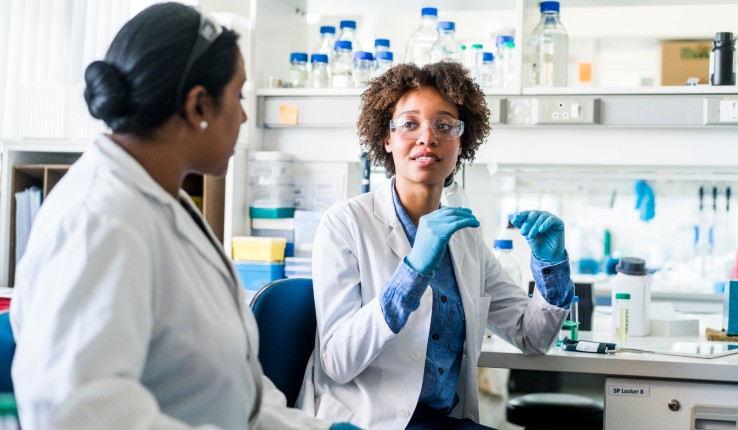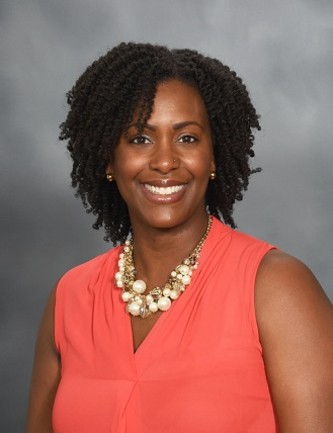The culture of science is changing. Researchers are examining the methods and practices that have long been the basis for scientific research and publication with the goal of improving it. This “moment of change,” the authors of a new paper write, presents an opportunity to address science’s “historic lack of diversity and noninclusive culture.”
For the paper, the authors examined the two paths that scientists are following: the movement for reproducibility and the movement for open science. Both movements aim to create centralized archives for data, computer code and other resources, but from there, the paths diverge. The movement for reproducibility calls on scientists to reproduce the results of past experiments to verify earlier results, while open science calls on scientists to share resources so that future research can build on what has been done, ask new questions and advance science.
The international research team, led by Indiana University (IU), finds the two movements do more than diverge. They have very distinct cultures, with two distinct literatures produced by two groups of researchers with little crossover. Their investigation also suggests that one of the movements—open science—promotes greater equity, diversity, and inclusivity. Their findings were reported earlier this week in a paper titled “Open science, communal culture, and women’s participation in the movement to improve science,” published in the Proceedings for the National Academy of Sciences.



